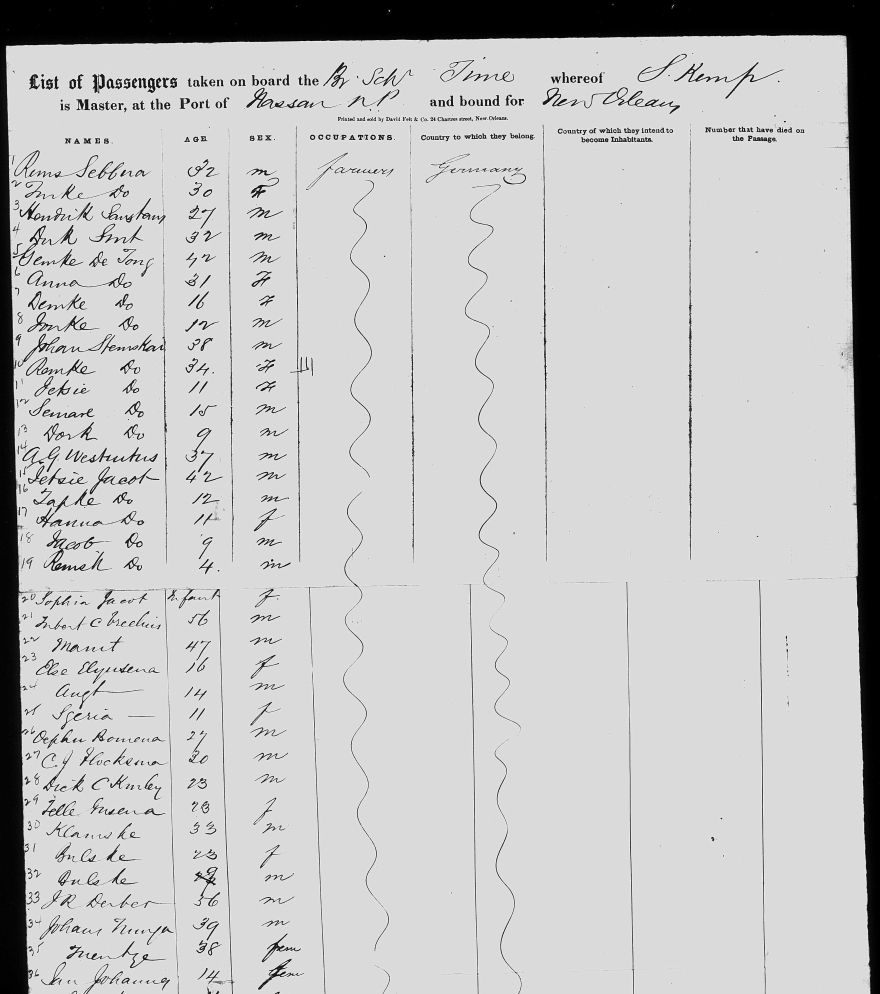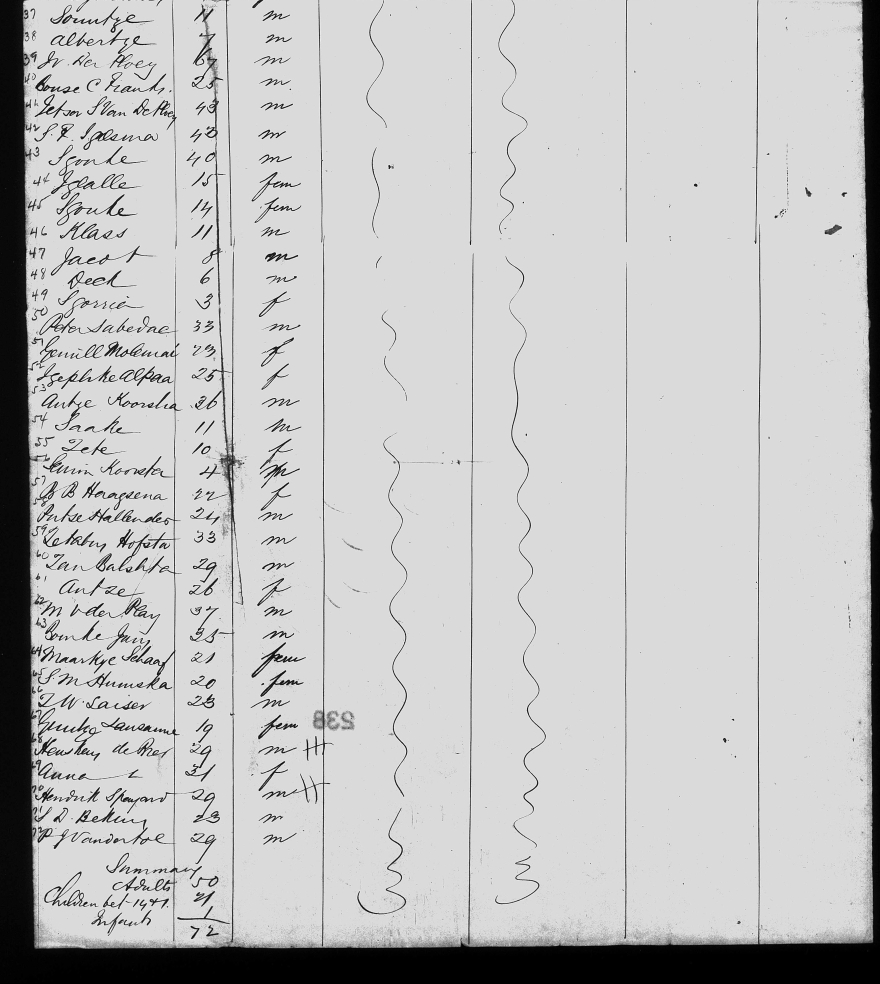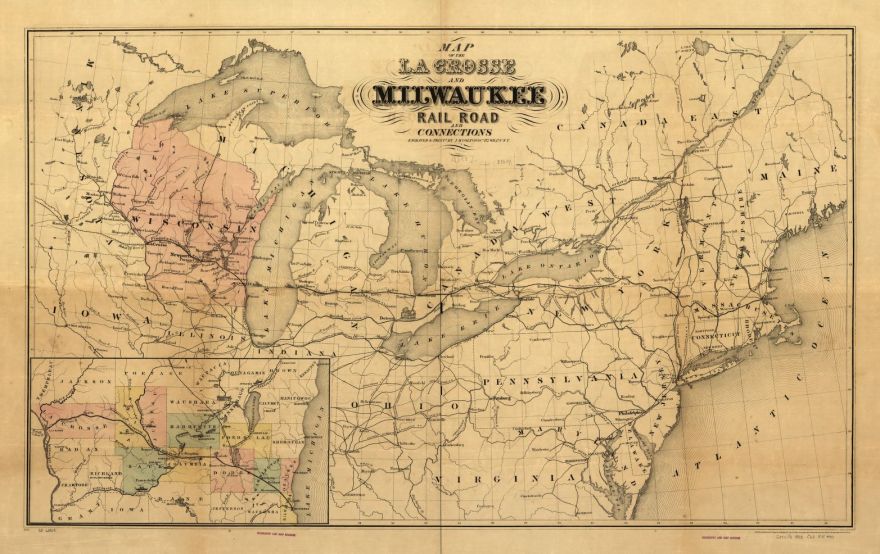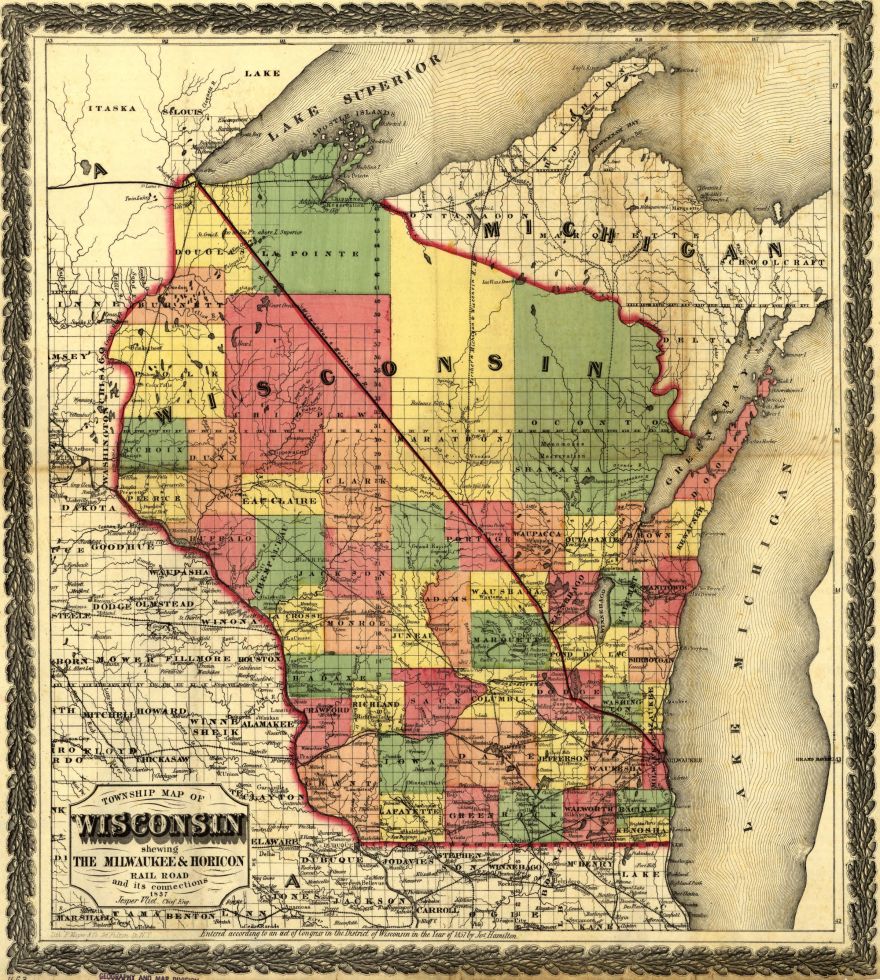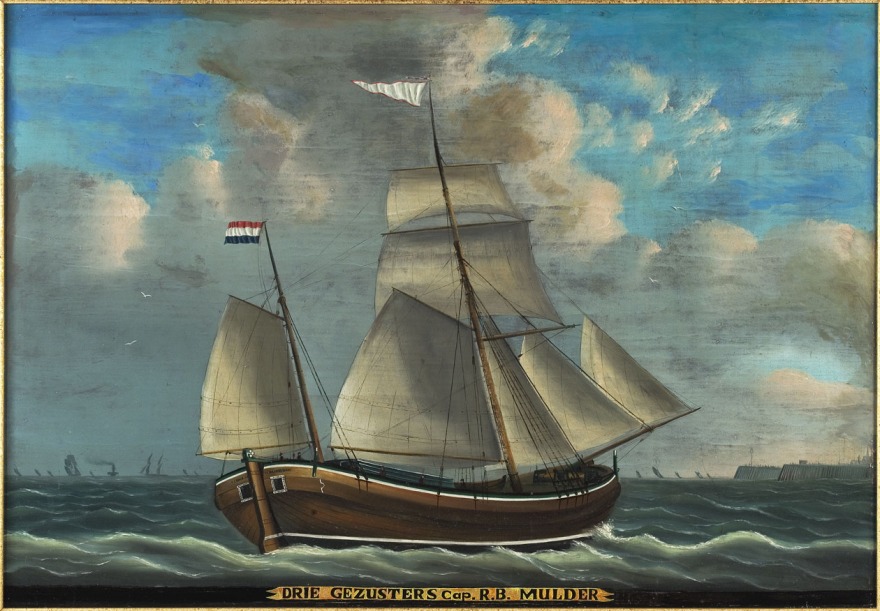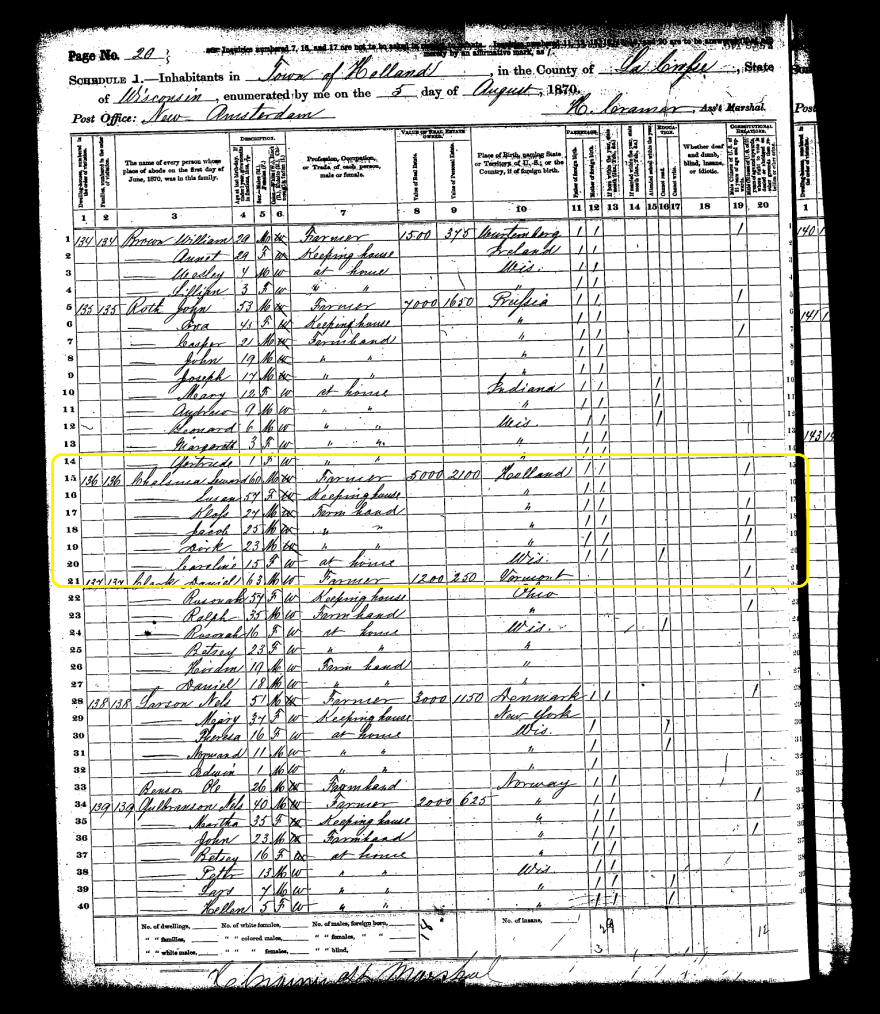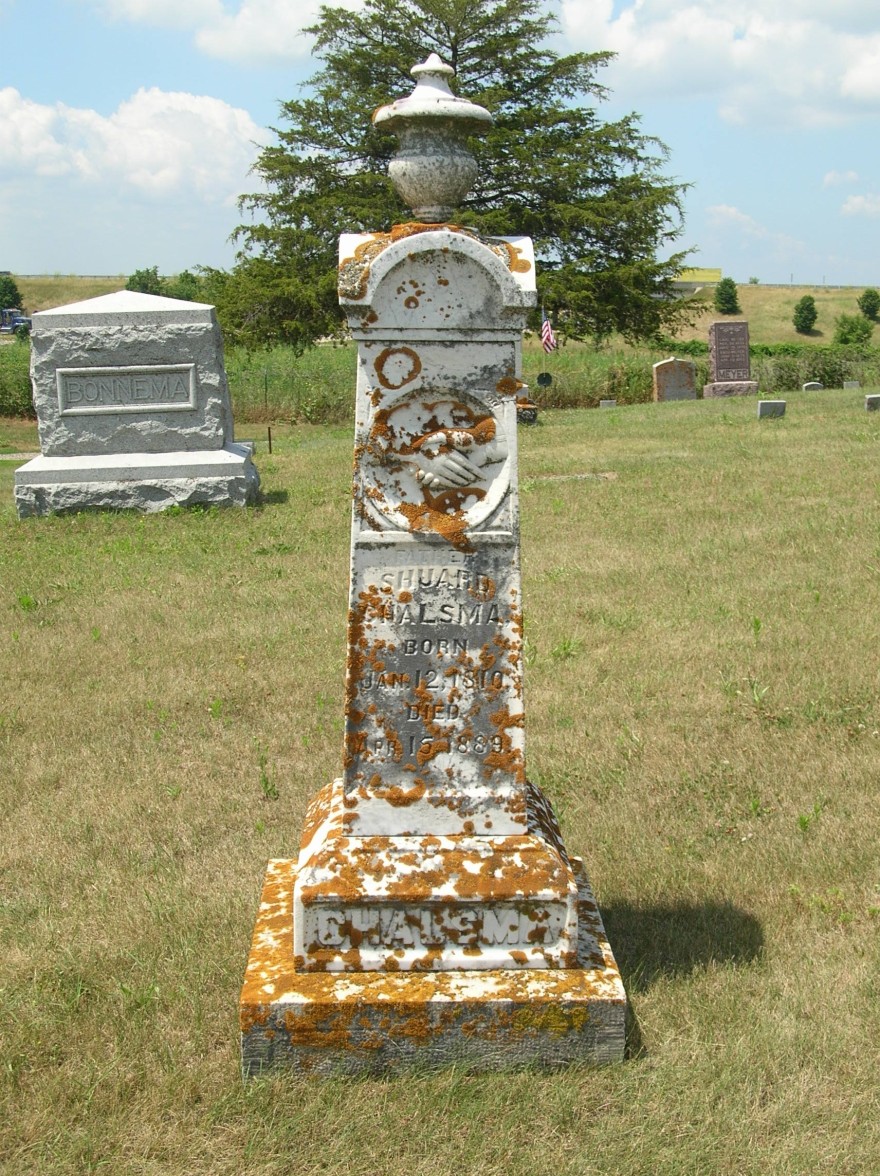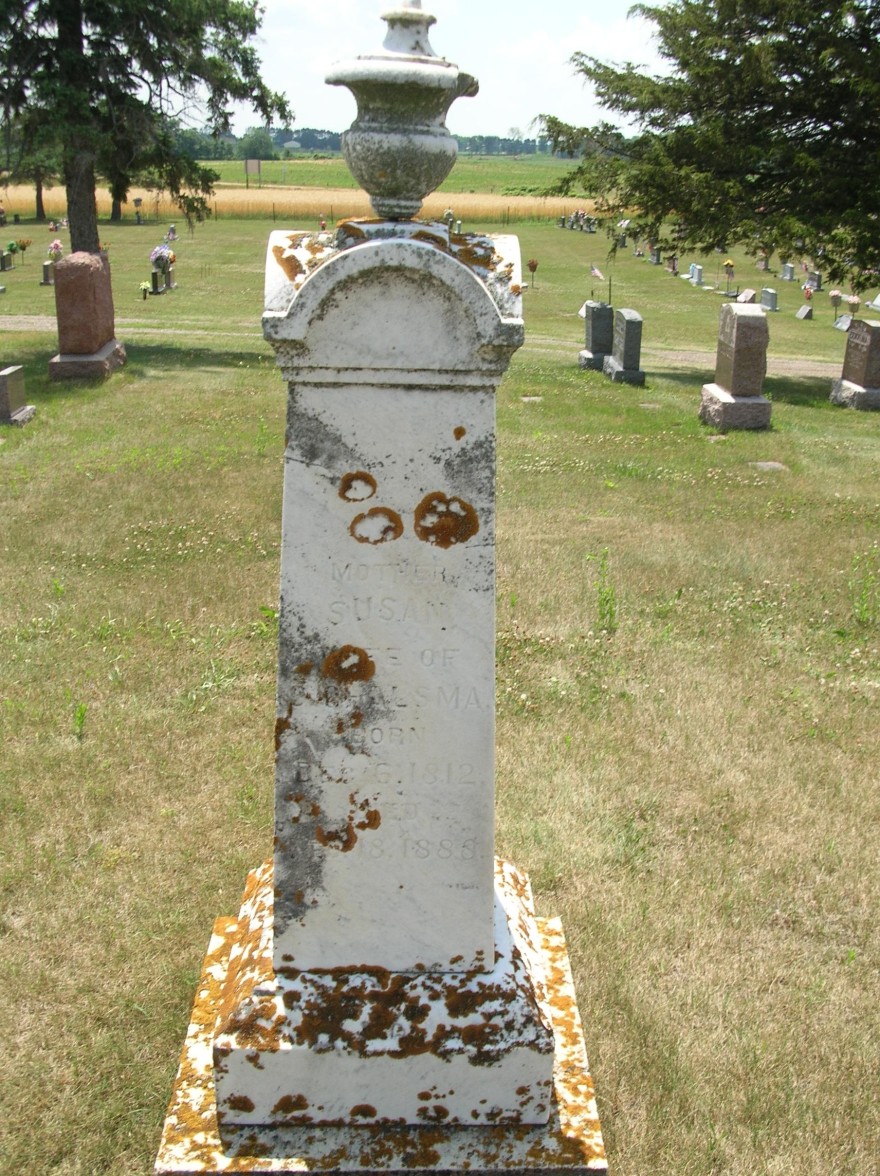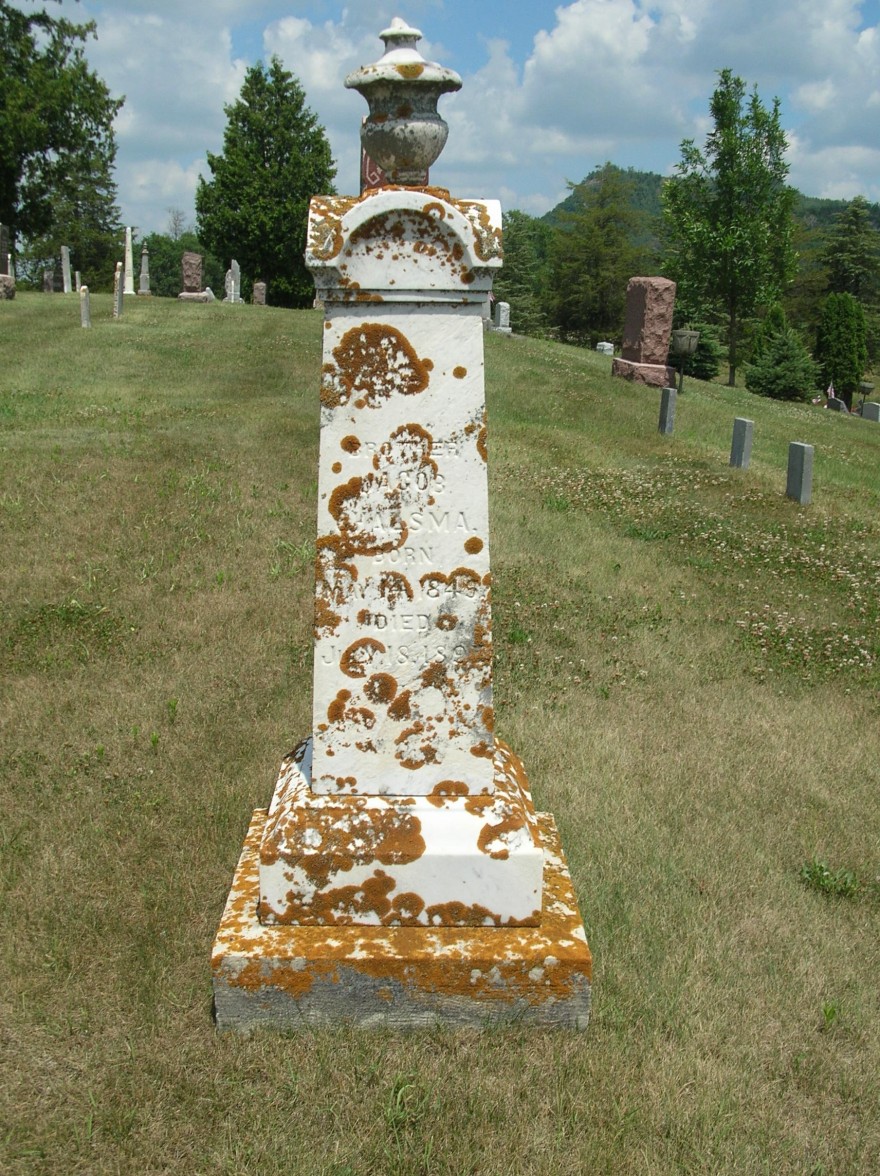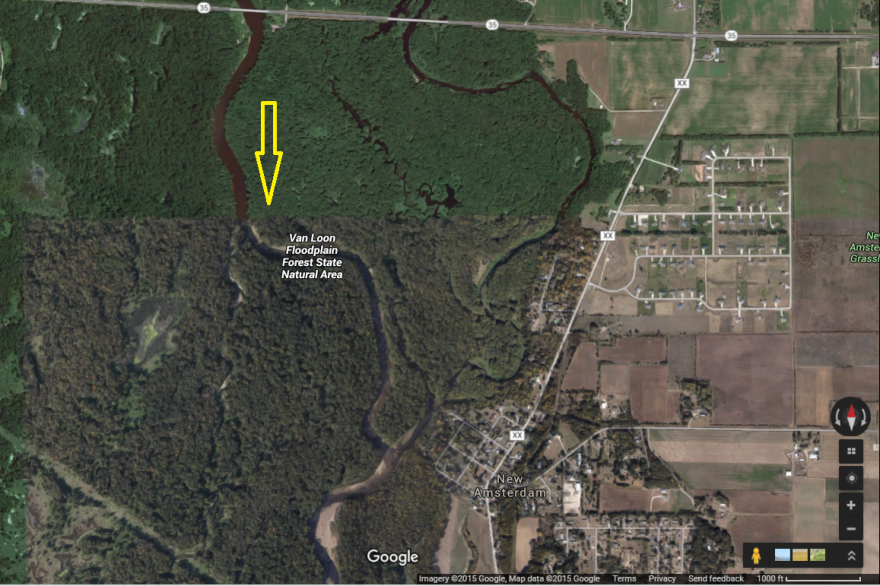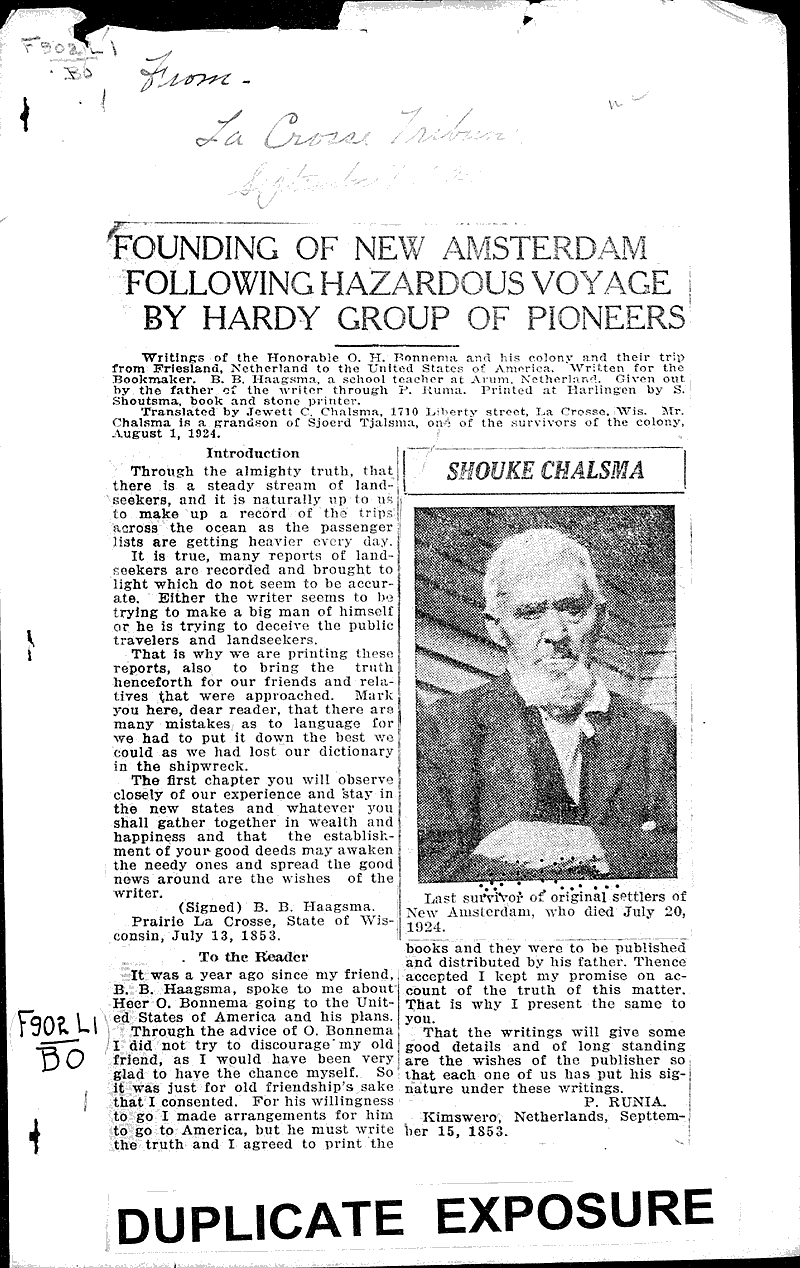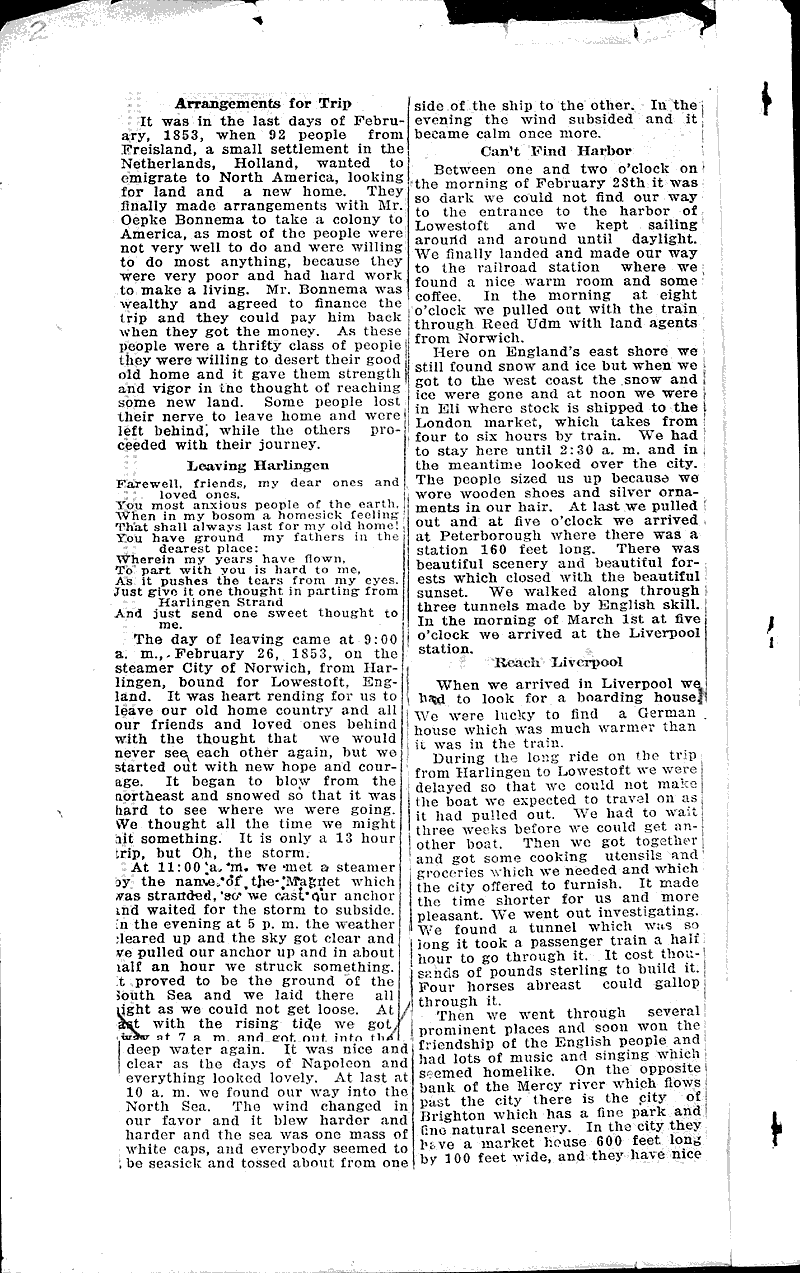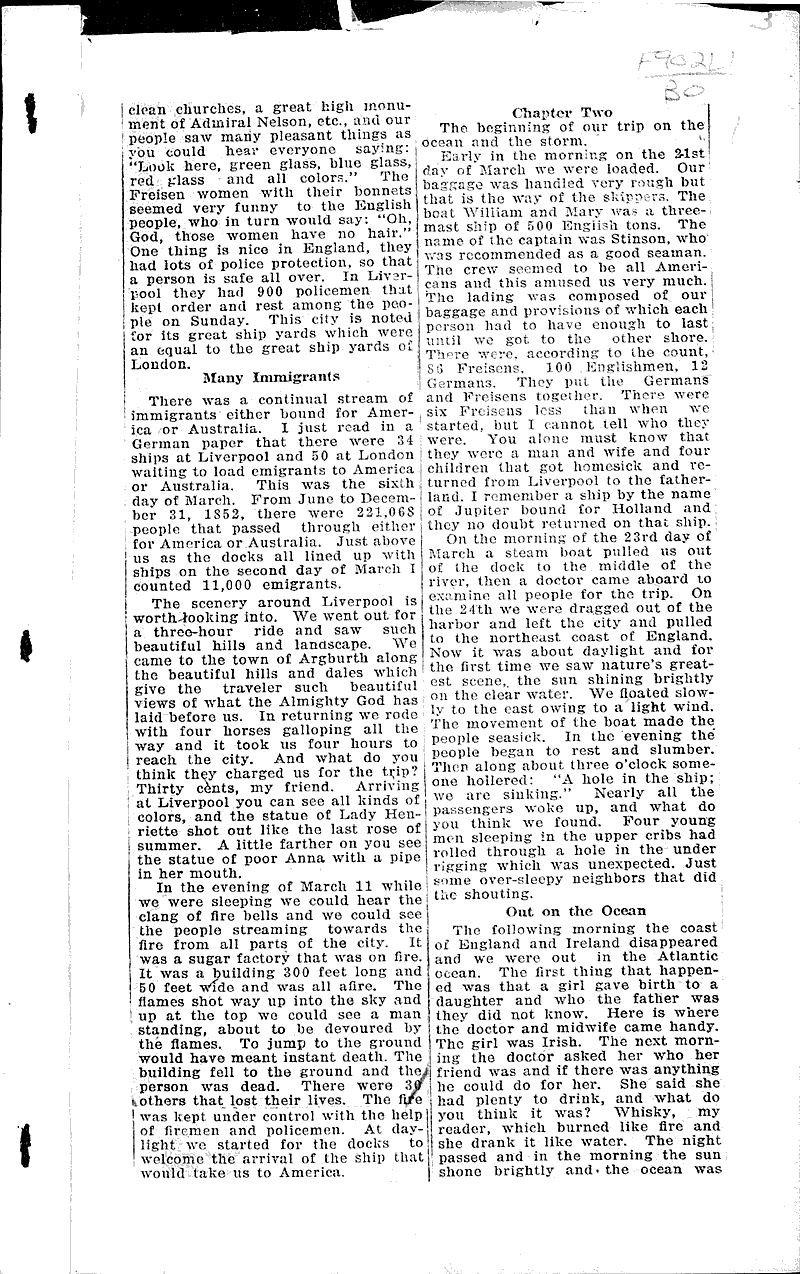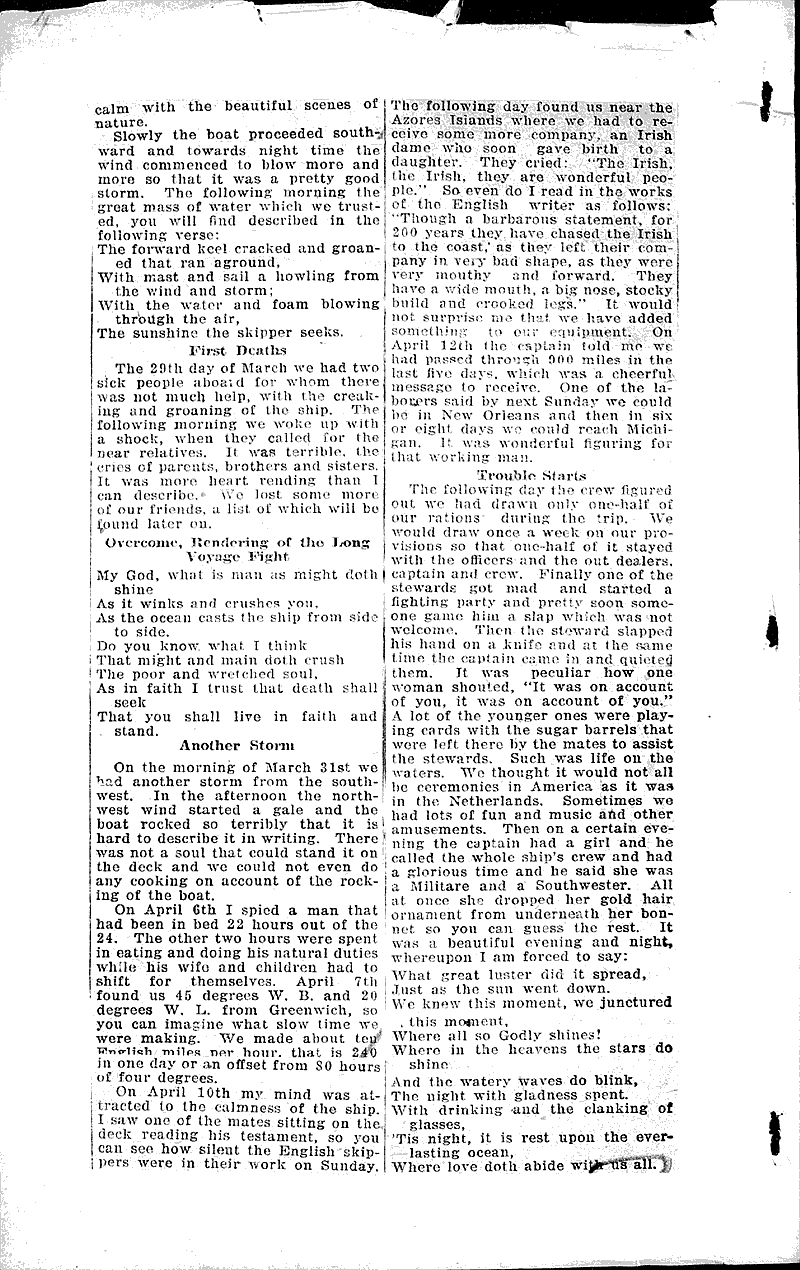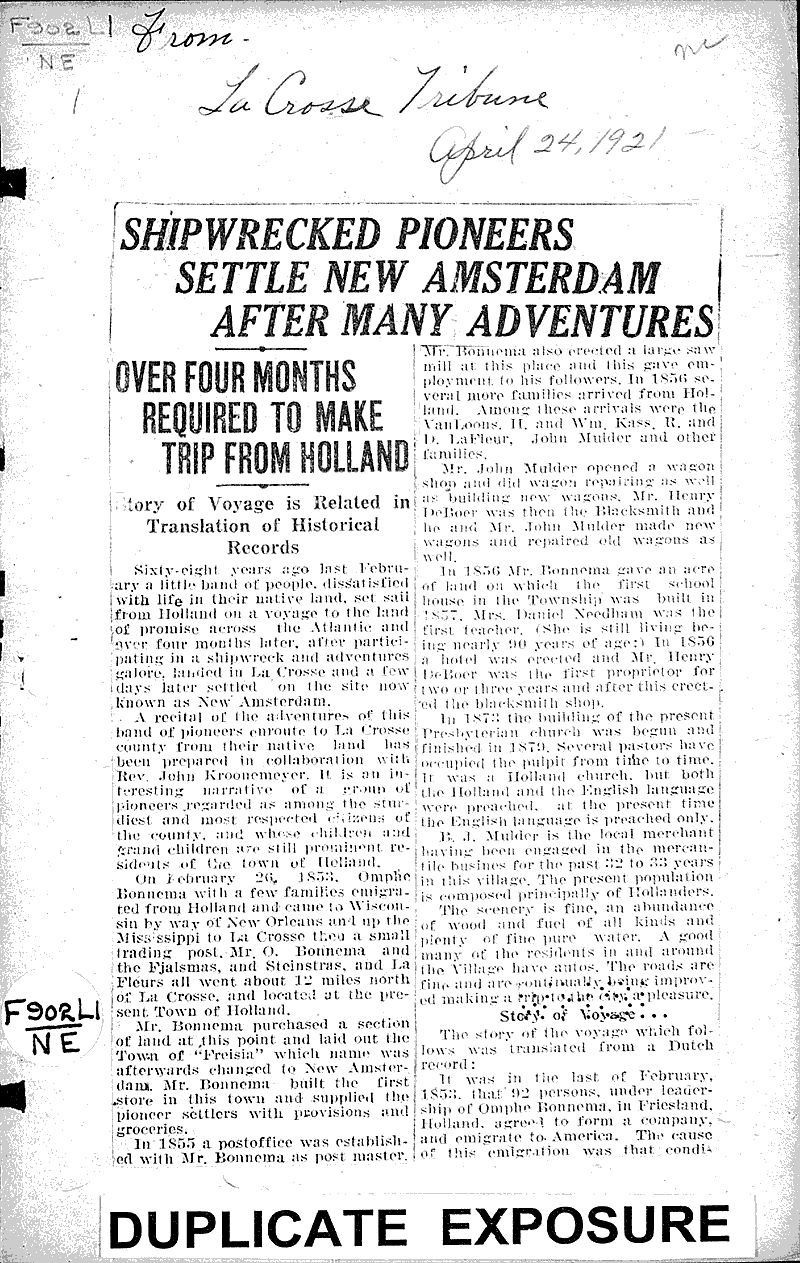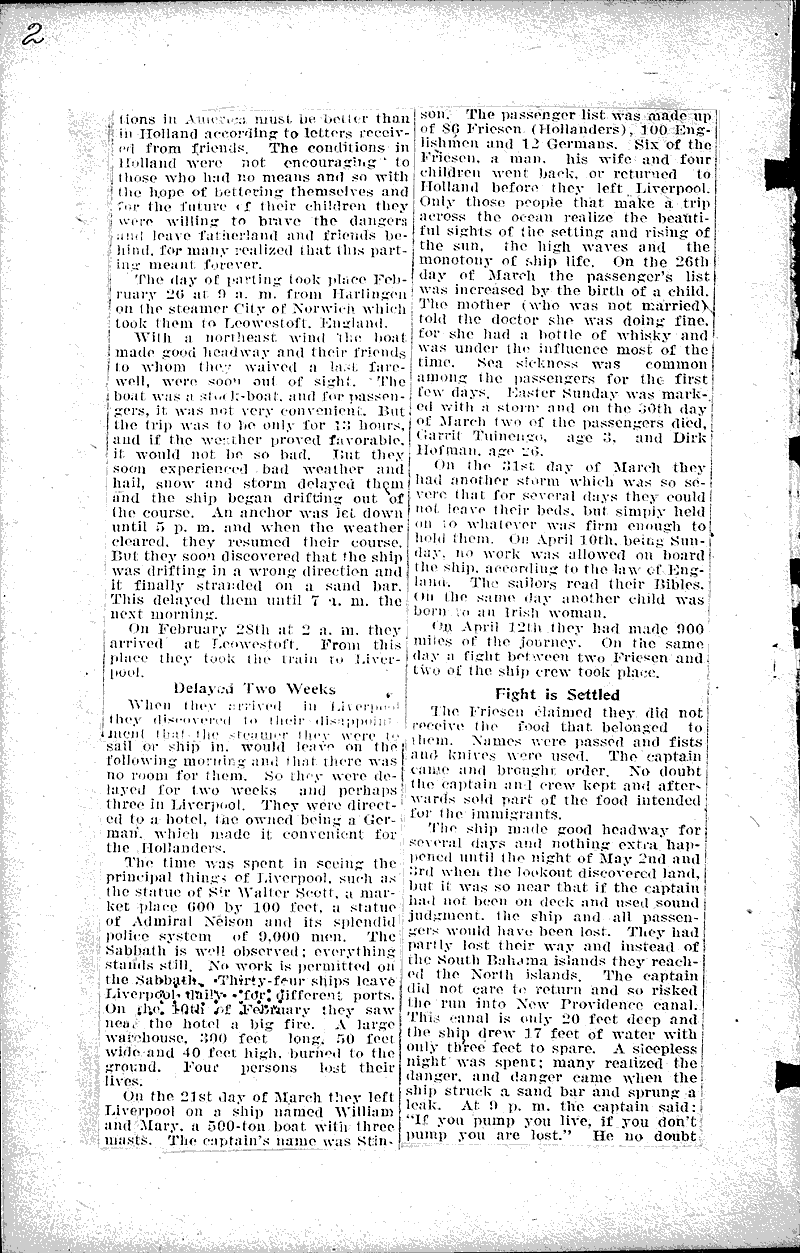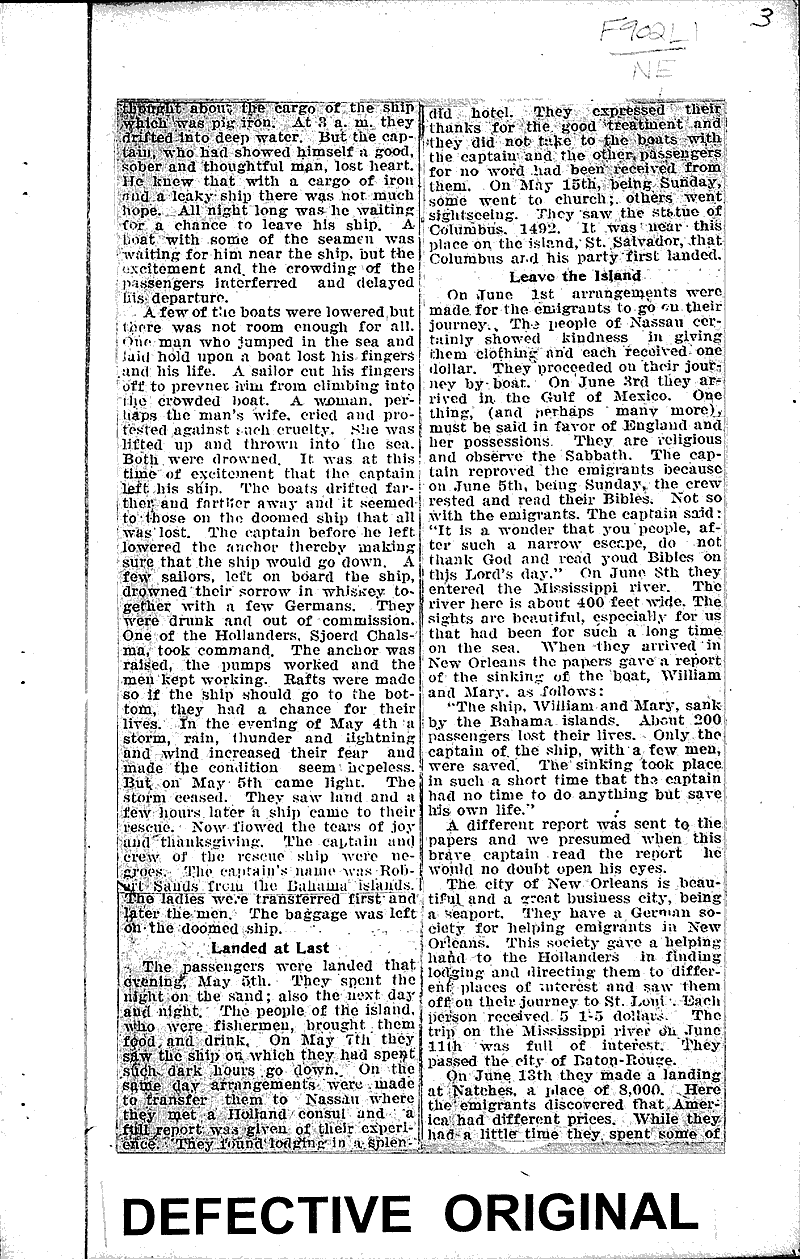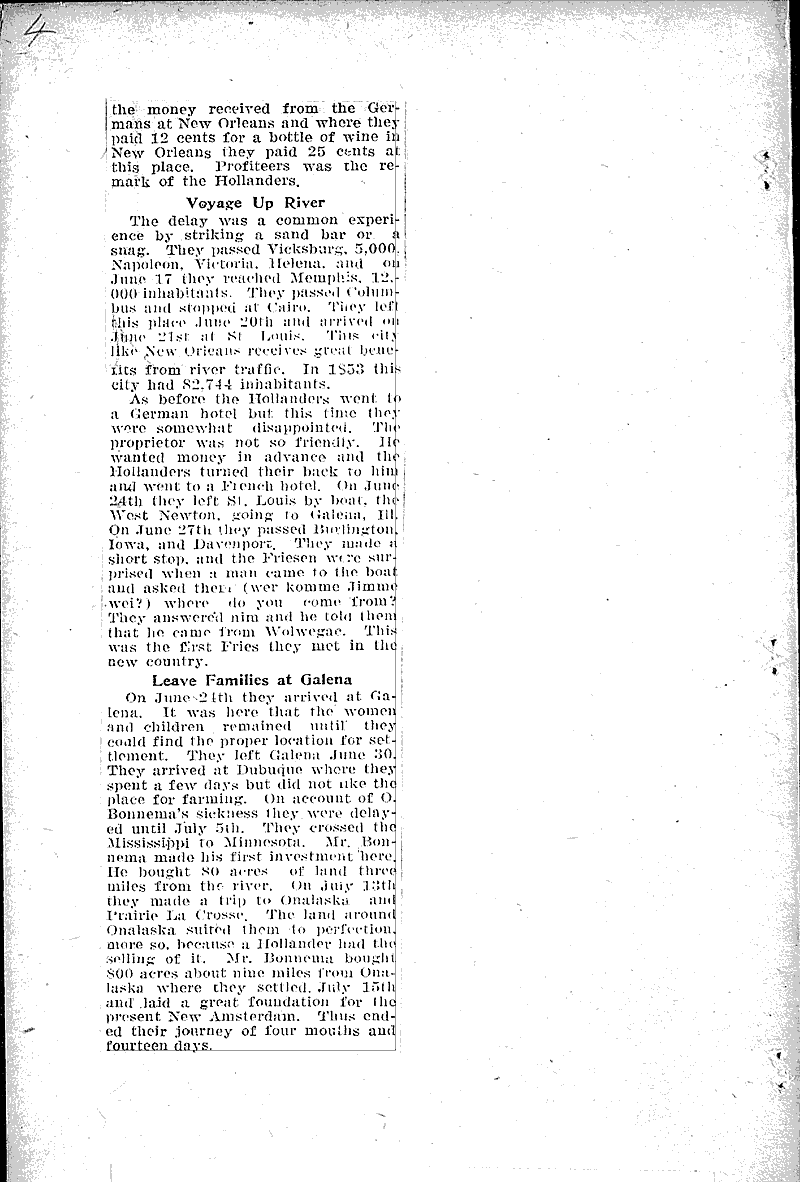The New York Times had a number of stories, over about a 50 day period, about the ill-fated voyage of the William and Mary in 1853. I will summarize each in turn (with direct quotes as needed). I am sure if this had happened today you would be seeing it on TV and all across the Internet. Attached are PDFs. The Times claims these are still copyright so I am just saving these here for storage. I can’t stop you from clicking.
In reading this first story, and thinking of what is to come, I keep thinking that I should do a screenplay treatment for this. I would if I thought anyone would be interested in a tale tale of sea and settlement. While an amazing and interesting tale, it doesn’t have light sabers or grownups acting like children. Maybe I will write one up anyway (Terrance Mallick please!!!). Or a play, say, where Sjoerd is a sorcerer looking to regain the rightful place of his family or some such frippery.
PS no bylines back then.
May 17, 1853: Disaster at Sea
nyt 05 17 1853
The Times interestingly starts off saying:
The ship William and Mary, of Bath, (me.) Stenson, Master, from Liverpool for New Orleans, with railroad iron and 208 passengers, arrived yesterday morning.
What, no editor? What had really happened is that Stinson has arrived in NY on the ship that had earlier picked him up after the shipwreck. Also they spelled the Captain’s last name wrong. It is Stinson everywhere else.
The Times then goes on to describe the ship’s approach to the Bahamas and the wreck in detail (in a way that must have been typical back then). I will go into this in depth in another post. The captain reports that the ship,
At 8, found no bottom in twenty fathoms. At 8:15, the same. At 8:30 struck on a sunken rock and hung about midships, with ten fathoms water all around.
Almost a poem.
At 8
Found no bottom in 20 fathoms
At 8:15
The same
A 8:30
Struck
On a sunken rock and
Hung about midships
With 10 fathoms water
all around
The Times then recounts the Stinson’s account of the attempt at saving the ship (and lies that later would be exposed) then the escape of Stenson. The most important section in the article I think describes how at 7am the next day with the
ship going down; mates and crew in the boats, together with as many passengers as could be stowed in the long boat and life boat, the two other life boats having been stove after launching.
Until it was later discovered that the ship actually didn’t go down, and the captain abandoned the still viable ship, it doesn’t seem as what was recounted was bad form by the captain. No captain going down with his ship here, but maybe that was OK and instead Every man for himself?
The Times closes with a recounting of the
206 passengers, including their cook and steward, who nearly all went down in the vessel, together with two of the seaman, and the ship’s steward-names unknown.
Shipwrecks with large loss of life were fairly common in the 19th century. If the William and Mary had truly been lost it would have made the Wikipedia list. See: https://en.wikipedia.org/wiki/List_of_maritime_disasters_in_the_19th_century
